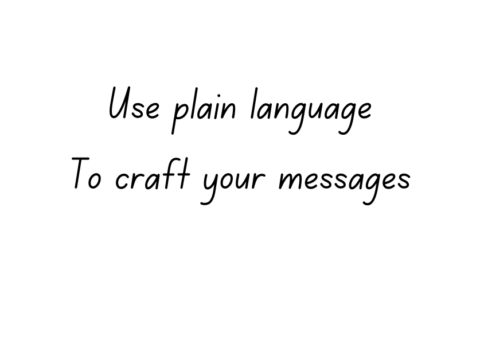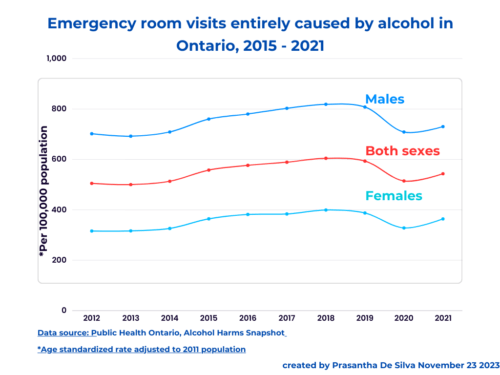You must have been in a library; you stay silent. That is a classic social norm example. Another common one is littering. As we all know social norms can either be socially desirable or socially undesirable.
Every day we adhere to social norms that are an array of unwritten sets of rules we follow. In a way, these play a crucial role in the smooth functioning of a society. Once we deviate from it, we can expect negative consequences.
Robert Cialdini deconstructs the concept further; he describes two types of social norms: Descriptive and injunctive.
Descriptive (popular) social norms = What is being done
The descriptive social norm refers to actions that others seem to be doing. Irrespective of its impact – either socially desirable or socially undesirable – social norms exhibit a “contagious effect”. Take the example of littering; seeing others maintaining a clean environment persuades us to keep those places clean; in contrast, if we see others litter a place, we tend to follow it.
Need evidence?
Robert Cialdini’s 1991 report provides evidence. He and his team demonstrated how “littering begets more littering”. Not only that, they further showed when a norm began to change; in a perfectly clean environment, the subjects adhered to that social norm even with one litter; with the increase of the number of litters, the “slippery slope began”. We tend to change our perceived descriptive social norm from ” no one litters here” to “everyone litters here”.
This certainly goes beyond littering, even to policy-making!
The interesting thing here is that we, most of the time inadvertently, promote socially undesirable norms with our statements highlighting socially undesirable behaviours as the norm. It results in a dangerous “boomerang effect”.
David Halpern in his excellent book memoir – “Inside the Nudge Unit” (David Cameron’s unit where he worked) writes, ” I have lost count of the number of examples of Robert Cialdini’s “big mistake” that I have seen”.
Injunctive social norms = what ought to be done
In contrast to descriptive social norms, injunctive social norms refer to actions that people either approve or disapprove of (as we perceive). It could either be a displaying “do not litter” notice, the presence of a designated place to dispose of garbage, or what we see another person removing and properly disposing of the litter.
As I understand, there is a very important difference between descriptive social norms and injunctive social norms; the former can be situation-specific while the latter’s influence can be very robust. For example, Cialdini and his team demonstrated that seeing someone picking up and removing litter from a clean environment (social disapproval) leads others to imitate that behaviour not only at that particular place but in other settings also.
How can we apply the above concepts usefully?
Summary
- Using descriptive social norms is like a double-edged sword; it becomes effective only when most people engage in socially desirable behaviours; if most engage in socially undesirable behaviours it will backfire.
- If we suspect most people engage in socially undesirable behaviours, Cialdini suggests using an injunctive social norm focus.
I will write in a later post about how descriptive and injunctive social norms influence, for better or worse, during this COVID-19 pandemic.









